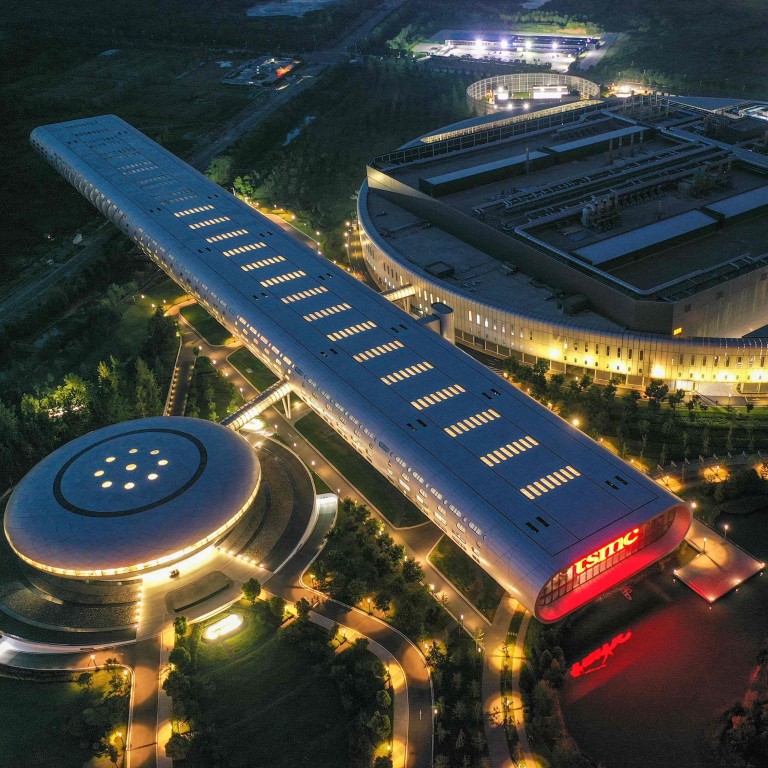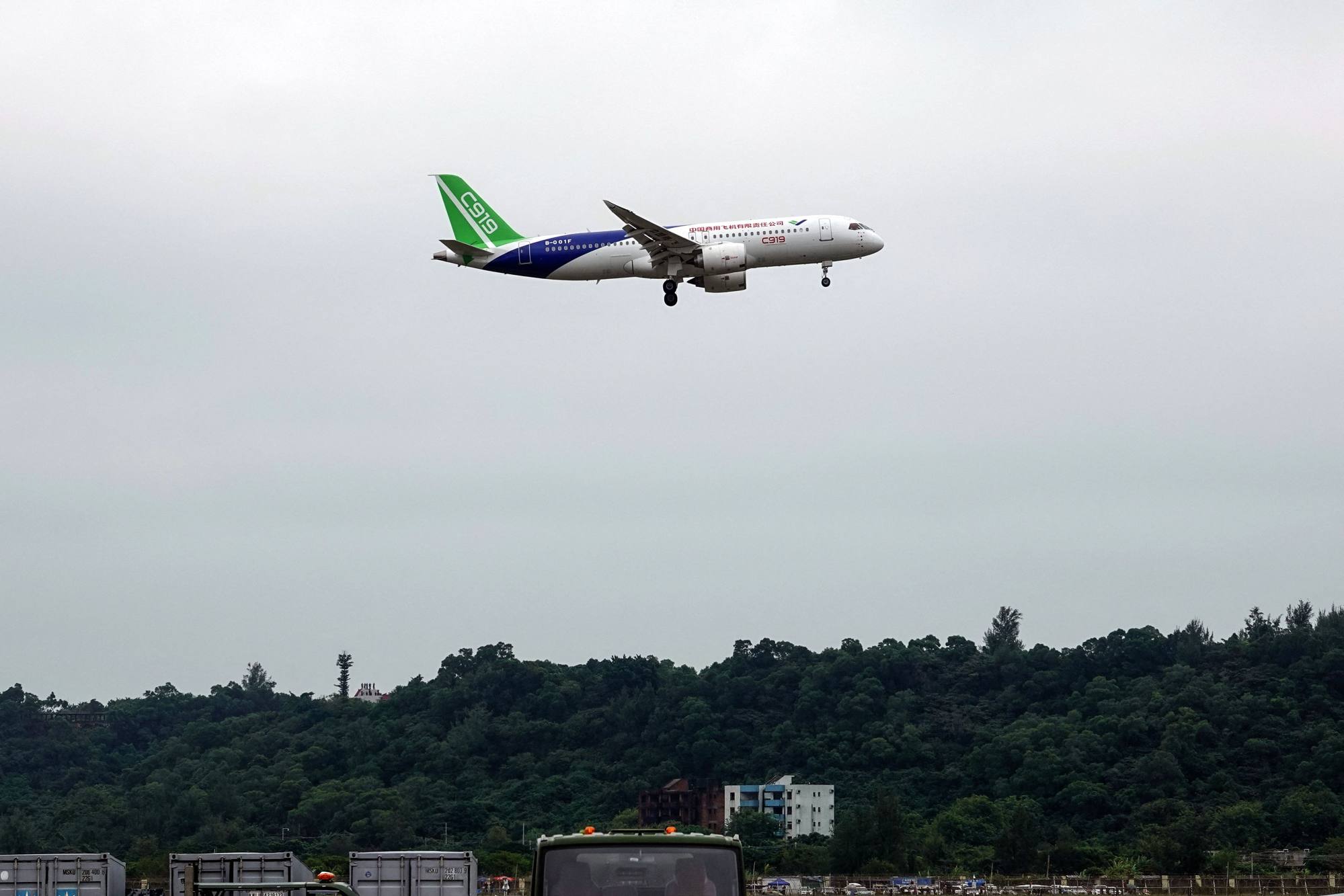
The US-China chip war will end with small victories and losers all around
- Although Joe Biden’s tech sanctions have set back China’s bid to achieve chip independence, it would not be wise to count the Chinese out
- More likely, the contest for chip supremacy will have no clear-cut winners, while consumers everywhere pay more for less
The sanctions will certainly hit China hard in the short term. But do they pose a real threat to China’s long-term aspirations to achieve hi-tech independence? Perhaps – though it is just as likely they will backfire on the US.
If history offers any clues, China faces a tough road ahead in gaining prominence for semiconductors. Whether it is joint venture developments or forced technology transfers, China’s success to date has required outside assistance in one form or another.
What happens when China tries to go it alone? It usually fails. Unable to find a joint venture partner, the state-owned Commercial Aircraft Corporation of China (Comac) has spent 14 years failing to build a Boeing 737-like commercial aircraft.

But let’s not totally count China out. Underestimating China and the will of its people has been a losing bet for the past 30 years. I give China more than a puncher’s chance to reach a level of respectability and competitiveness.
Why an accelerated US-China tech decoupling is truly worrying
The global market intelligence firm International Data Corporation estimates that, while China is currently three to four generations behind in cutting-edge technology, it could catch up in about 10 years.
There is also a geopolitical angle to this contest. The US, aware that most of the world’s semiconductor talent resides within its sphere of influence, hopes to essentially strong-arm nations into making an economic choice between it and China. Many experts, however, question whether the US still wields that kind of influence.
Beijing is betting on America’s weakened clout; it has a point. Just look at the recent sanctions on Russia. India, Spain, Germany and Japan – democratic nations all – have actually imported more from Russia since the invasion of Ukraine began in February.
To others, the US is not the benign power it thinks it is
Finally, to sell to China, corporations might find ways to create technology without “Made in USA” components. I sat in boardrooms that discussed this route around the time Trump first weaponised sanctions.
Today, US and foreign companies alike are seriously vetting the de-Americanisation option, making product prototypes, and mapping out business strategies. Nikkei Asia recently reported that Japanese and Dutch semiconductor companies could produce equipment without the use of any US technology.
The US and China are preparing for a long battle. Don’t expect a clear-cut winner. Some nations will side with the US, while others may look to skirt the sanctions. More than likely, the US will dominate the chip technology needed for AI and military applications as China takes the lead in microprocessors, and the memory and commodity chips used in consumer electronics, cloud computing and electric vehicles. Both countries will claim some small victories, but ultimately, as most economists say about trade wars, there’ll be no winners. Only losers.
That kind of reminds me of the Covid days, only much, much longer.
Stanley Chao is the author of “Selling to China” (2018) and managing director for All In Consulting, assisting companies in their China business strategies. He has lived and worked in China for over 20 years

